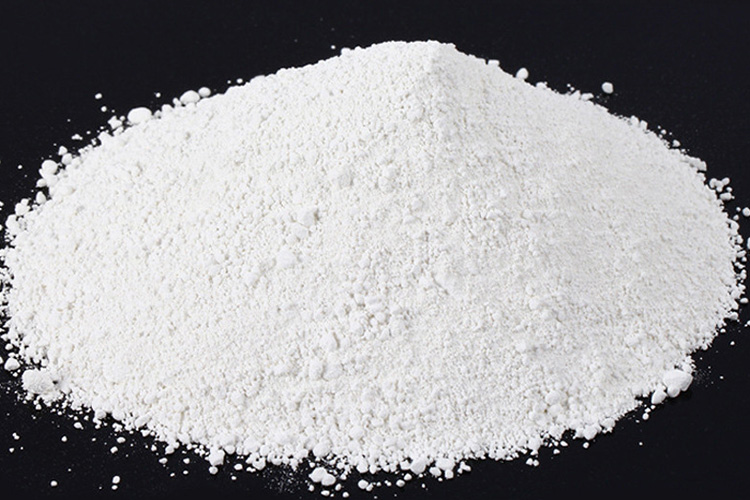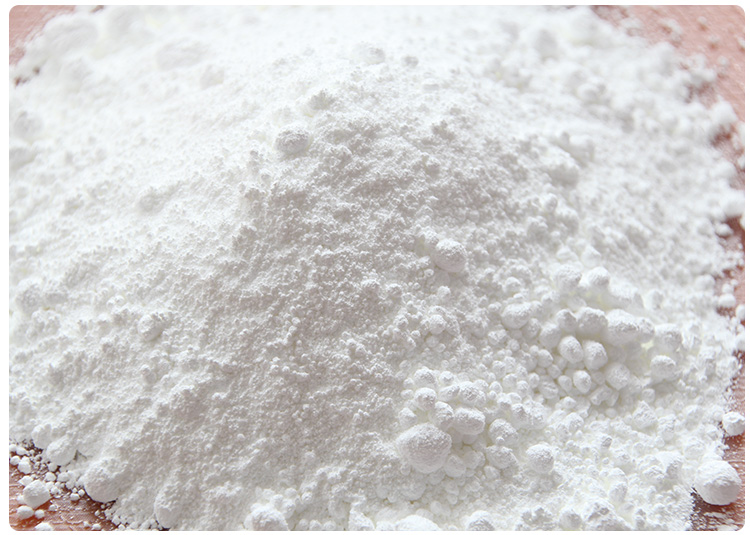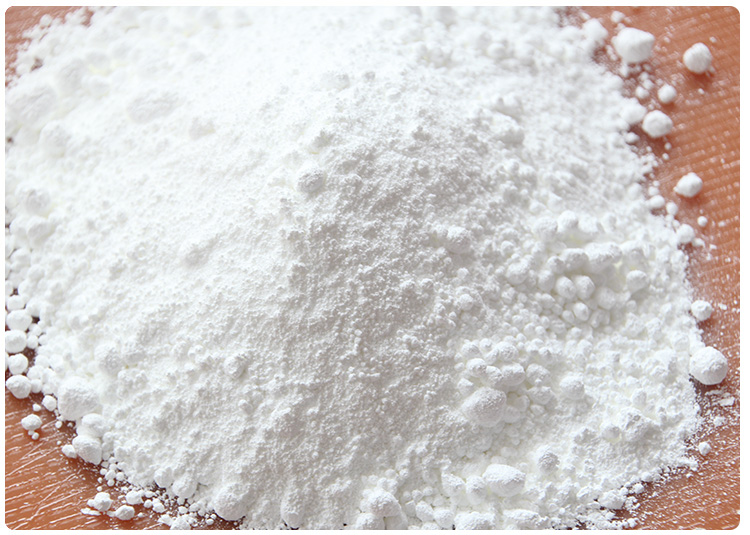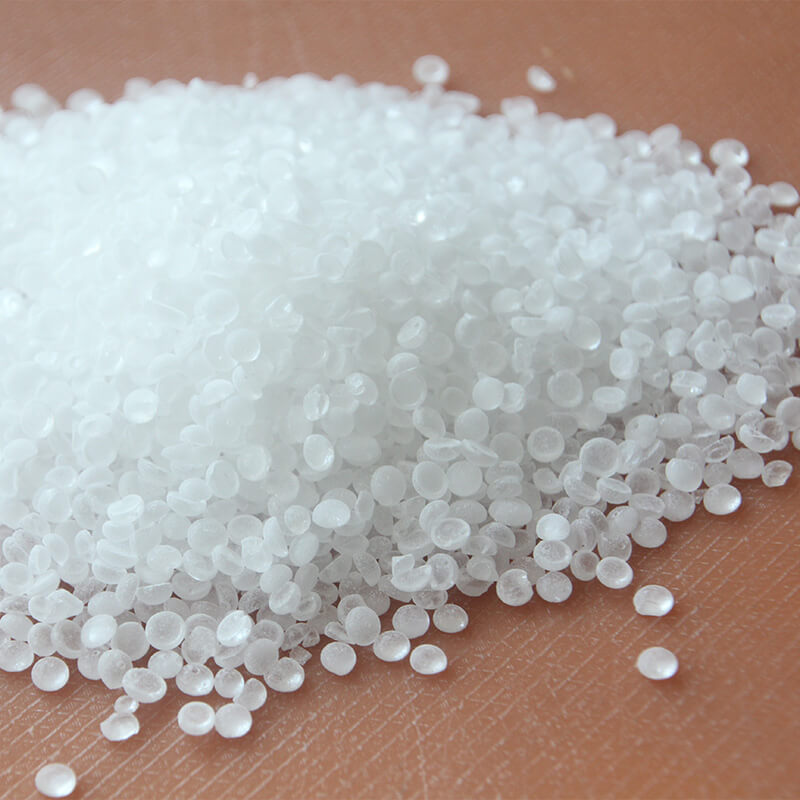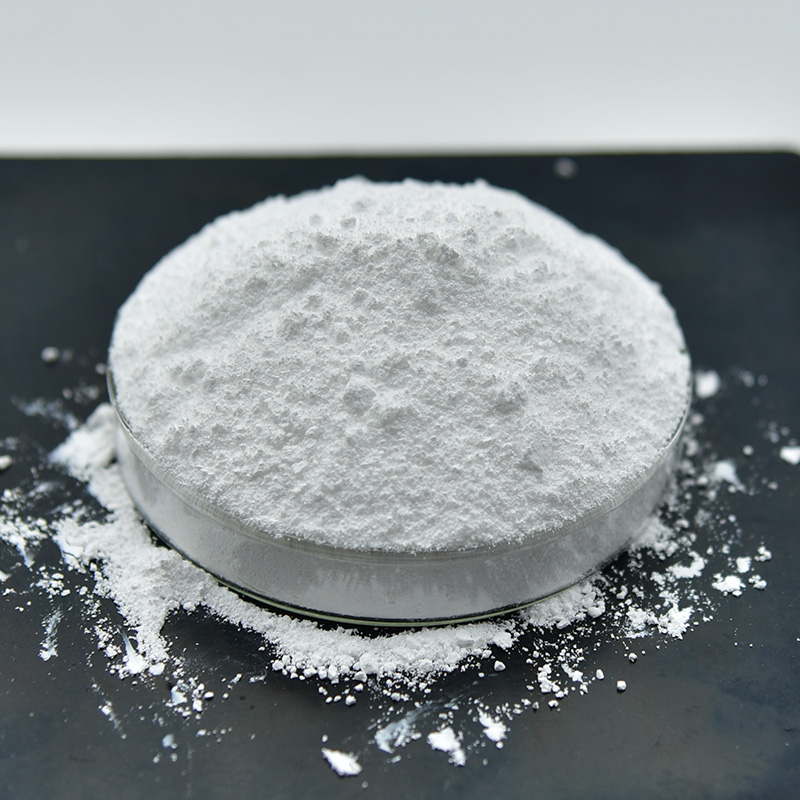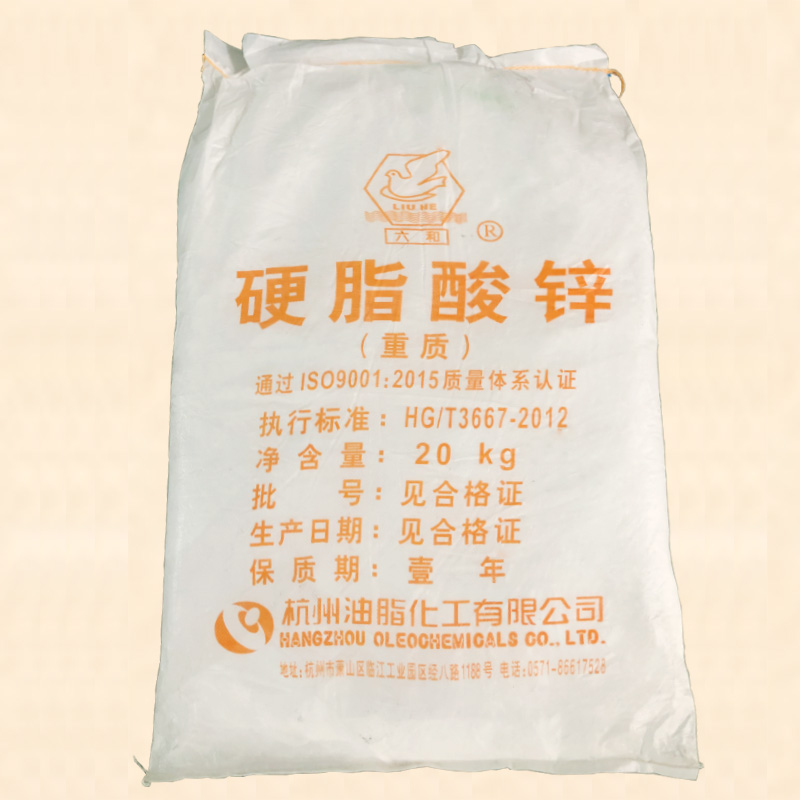anatase vs rutile titanium dioxide
- Mingpai
- 2024-06-04 11:52:20
Anatase and rutile are the two primary crystalline forms of titanium dioxide (TiO₂), each with distinct properties that render them suitable for different applications. Here's a comparison between the two:
Crystal Structure and Appearance
- Anatase: Has a tetragonal crystal structure, typically appearing less dense and more porous than rutile.
- Rutile: Also has a tetragonal crystal structure but with a more compact and ordered arrangement, resulting in higher density and better stability.
Optical Properties
- Refraction Index: Rutile has a higher refractive index (approximately 2.71) compared to anatase (approximately 2.55), making rutile appear whiter and more opaque.
- Light Scattering: Rutile scatters light more effectively due to its higher refractive index, providing better hiding power in pigmentation applications.
Photocatalytic Activity
- Anatase: Exhibits higher photocatalytic activity, meaning it can break down pollutants and organic matter more efficiently when exposed to light, making it suitable for self-cleaning coatings and air purification.
- Rutile: Shows lower photocatalytic activity, which can be beneficial in applications where photocatalysis is not desired.
Thermal Stability
- Rutile: Is more thermally stable than anatase. It can withstand higher temperatures without degrading or changing its crystal structure.
- Anatase: At elevated temperatures, anatase tends to transform into rutile, altering its properties.
Chemical Stability and Weathering Resistance
- Rutile: Offers superior resistance to chemical corrosion and weathering, especially against UV light, making it the preferred choice for outdoor applications.
- Anatase: While it has good stability, it is generally less resistant to weathering and UV degradation than rutile.
Applications
- Anatase: Frequently used in indoor paints, printing inks, some plastics, and as a photocatalyst in environmental remediation due to its photocatalytic properties.
- Rutile: Predominantly used in high-performance outdoor coatings, automotive paints, plastics, and applications requiring high UV resistance and durability.
Blends
In some cases, blends of anatase and rutile titanium dioxide are used to combine the benefits of both forms, achieving a balance between whiteness, opacity, and photocatalytic activity tailored to specific product needs.
Ultimately, the choice between anatase and rutile titanium dioxide depends on the specific requirements of the end application, with rutile often favored for its superior opacity, durability, and UV resistance, while anatase is preferred for its enhanced photocatalytic properties and use in indoor applications.
